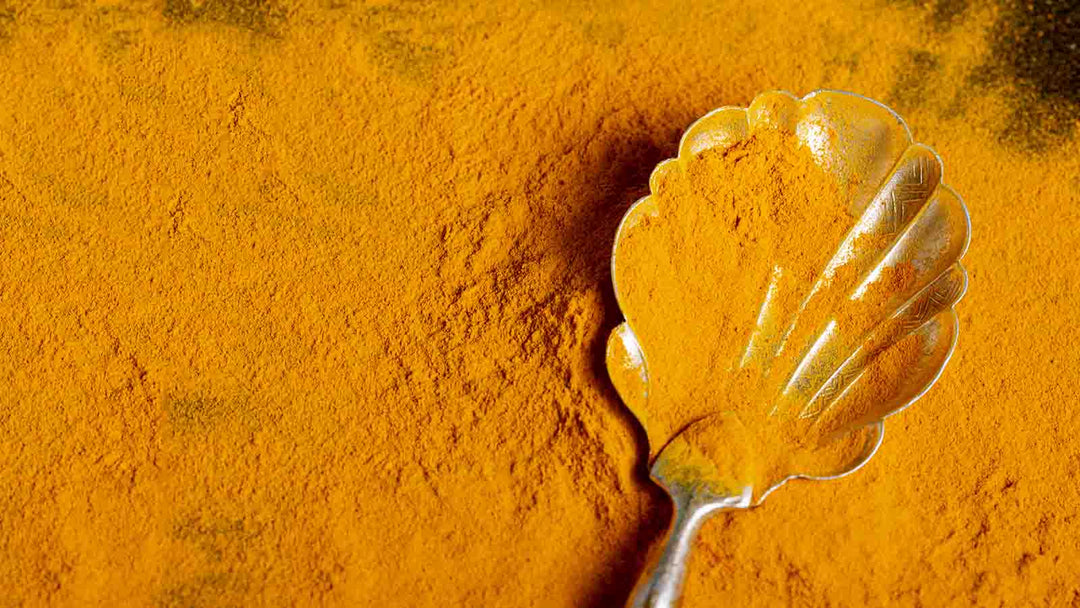If you’ve come across images of Psoriasis on the Internet, they appear haunting. But only those who have lived with Psoriasis can truly know what it feels like to be afflicted with a disease that has no known cure. The stigma, flares, and negative body confidence apart, Psoriasis can severely impact your quality of life.
It’s a skin disease that needs to be ‘managed’ since it’s a chronic illness that can be triggered due to a number of factors. Psoriasis causes inflamed, itchy, scaly patches on the skin. The most common areas of the body susceptible to psoriasis are the knees, elbows, trunk, and the scalp. Surprisingly, Psoriasis is quite common and a long-term illness. A lot of people are sadly silent sufferers of Psoriasis. But there are a number of wellness products that can soothe, relive and help you manage the condition so that it doesn’t hamper your quality of life.
Signs of inflammation
Psoriasis appears as visible signs of skin inflammation like raised plaques or scales. The elbows are the common area where psoriasis inflammation shows up. Plaques and Scales may appear in more than one location on the body at a time
What its like living with Psoriasis
Psoriasis is an autoimmune disease that tends to go through cycles and can flare up when ‘triggered’. It can also subside for a while and this period is when the disease goes into the ‘remission mode’. Patients struggle to manage the illness especially when flares coincide with crucial events in their life. Psoriasis can happen anywhere on the body including the eyelids, ears, lips, skinfolds, hands, feet or nails.
Psoriasis can disrupt body positivity. It can induce severe anxiety in patients and lead to low self-esteem. Due to lack of awareness, patients even suffer from discrimination which can further tarnish mental health. These societal and psychological issues arising from Psoriasis can interfere with all areas of your life, especially in your sexual life.

Types of Psoriasis
There are many different types of psoriasis (5 major types), but the 3 most common types include:
- Psoriatic Arthritis
- Nail Psoriasis, and
- Plaque Psoriasis
Psoriatic Arthritis
Psoriatic Arthritis is a condition that arises in some psoriasis patients. There are milder version of PSA which often go undiagnosed and its important to recognise the telling signs early on. Symptoms of PSA include swelling, stiffness, and pain in and around the joints. If left untreated or if the condition reaches an advanced stage, there are chances of permanent joint damage.
Plaque Psoriasis
Plaque Psoriasis shows up as raised, inflamed, red, scaly patches of skin. The most common areas on the body where plaques turn up include the knees, elbows, and the torso. Plaques mostly occur in a symmetric fashion and are seen in the same areas on the right or the left side of the body. The plaques may either appear as a few small patches or may cover larger areas on the body.
Variations depending on skin colour.
On Caucasian skin, plaques look like raised, red patches covered in a silvery white build up of dead skin cells or scale. Whereas on skin of colour, plaques may be darker, thicker, and of a purplish, greyish, or dark brown colour.

Scalp Psoriasis
Plaque Psoriasis may happen on the scalp as well. Scalp psoriasis is also chronic but common. In scalp psoriasis, skin cells build up quicker than usual and form silvery, red patches on the scalp that flake, bleed, and itch.
Palmoplantar Psoriasis (Nail Psoriasis)
Palmoplantar Psoriasis (PPP) is psoriasis of the hands, feet, and nails which generally happens on palms and on the soles of the feet. Symptoms of PPP include red, discoloured, dry, thickened skin which may be painful.
When it happens on the nails, it may affect several digits. Nail Psoriasis is more common on the fingernails than on the toes. Nails become tender and pain arises causing inconvenience during everyday tasks that require the use of our hands.
Symptoms of nail psoriasis include pitting, shallow/deep holes in the nails. There may also be deep defamations and alterations in the shape of the nail or unusual thickening of the nail. Other symptoms include separation of the nail from the nail bed, discolouration, or unusual nail coloration like yellow or brown. Several changes occur on the nail bed, nail plate, or the nail matrix.
Nail Psoriasis may also accompany Psoriatic Arthritis and nail changes also be indicative of Psoriatic Arthritis. Timely evaluation can reduce the severity of the affliction.
Conclusion
When it comes to management of Psoriasis, you need medications that soothe and relieve the discomfort and itchiness. Browse through our range of body butters that reduce inflammation just in time for important events in your life.







